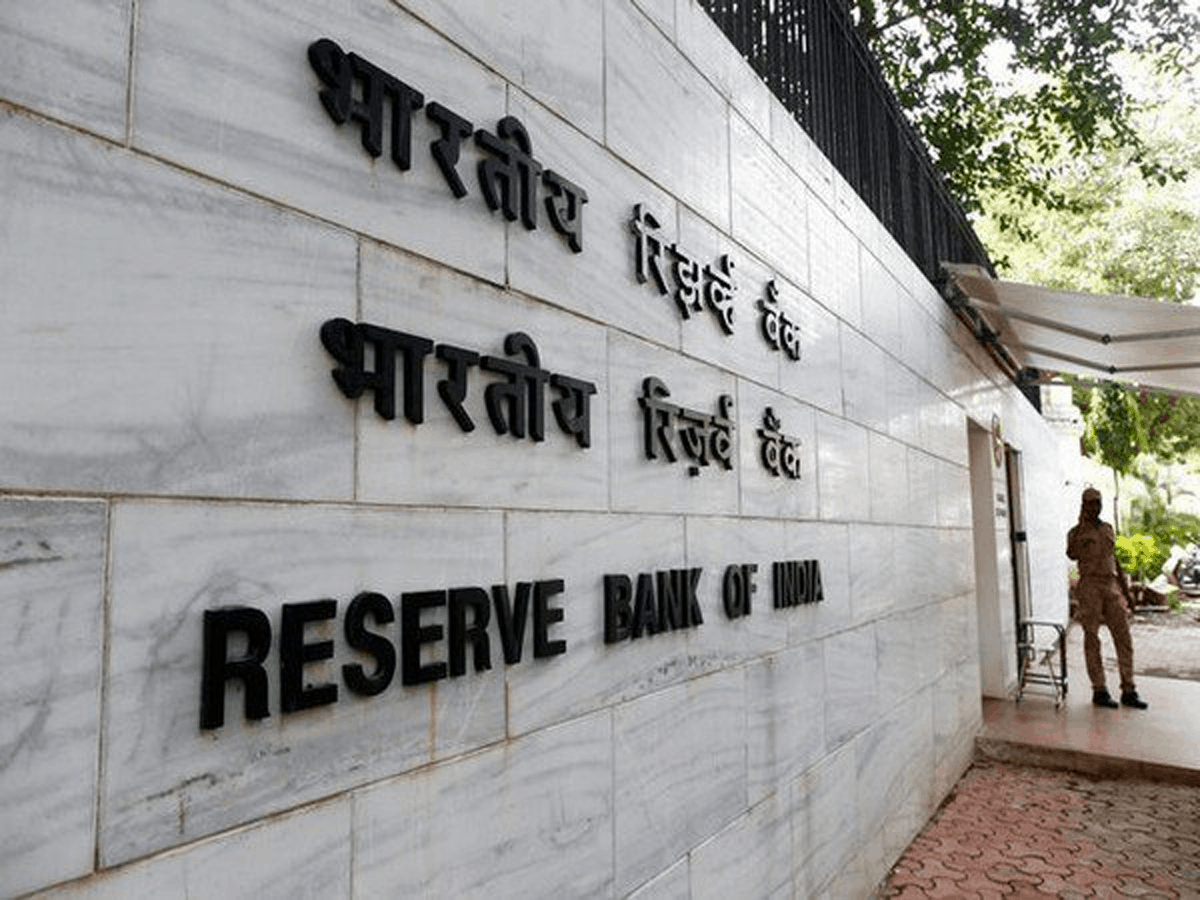
Mumbai: Home, auto and other loan EMIs will rise after the Reserve Bank of India (RBI) on Wednesday raised the key interest rate by 50 basis points, the second increase in five weeks, to rein in a rise in prices that was seen continuing to hurt consumers in the near term.
The increase in lending rate or the repurchase rate (repo) by 50 bps — the biggest in more than a decade — to 4.90 per cent comes on the back of a 40 bps hike last month at an unscheduled meeting that kicked off the tightening cycle.
More hikes in repo rate likely
Simultaneously, the pandemic-era accommodative stance was dropped, which meant more hikes may be in the offing to tame inflation that since the start of the year has been hovering above the central bank’s upper tolerance limit.
“Inflation has steeply increased much beyond the upper tolerance level (of 6 per cent),” RBI Governor Shaktikanta Das said while announcing the bi-monthly monetary policy. “Upside risks to inflation as highlighted in last policy meetings have materialised earlier than expected.”
The RBI raised its inflation forecast for the current fiscal (April 2022 to March 2023) to 6.7 per cent from 5.7 per cent earlier on the expectations of prices staying above the 2-6 per cent tolerance band in the first three quarters (till December-end).
The law mandates that the central bank will have to explain in writing to the government the reasons for failing to keep inflation within the targeted band if prices were to stay above 6 per cent for three straight quarters. It also has to suggest remedial measures to bring prices under control.
Balance between inflation and growth
To balance the inflation-growth dynamics, Das said RBI will remain focused on the withdrawal of accommodation as system liquidity continues to remain above pre-pandemic levels. However, withdrawal of accommodation will be done in a way that growth will continue to get adequate support, he added.
“We have dropped the word (accommodative) but we remain accommodative and that is mainly to give more clarity to the market,” he said.
The Monetary Policy Committee (MPC), however, retained its economic growth projection at 7.2 per cent.
While food, energy and commodity prices remain elevated, it suggested that most of the excess inflation is due to global/supply-side factors. Retail inflation in April accelerated to 7.79 per cent from a year earlier.
Das said 75 per cent of the 100 bps increase in the inflation forecast is on account of a spike in food prices which are due to the war in Ukraine.
“The war has led to globalisation of inflation,” he noted.
The rate hike on May 4 and on Wednesday came after the RBI held the interest rate at a record low of 4 per cent for 11 consecutive times.
Das mentioned that even after the hikes, the policy rate is below the pre-pandemic level of 5.15 per cent.
RBI slashed the repo rate by a cumulative 250 basis points since February 2019 to help revive the growth momentum. This included a 115 bps cut between March 2020 and May 2020 to soften the blow from the COVID-19 crisis.
Meanwhile, Department of Economic Affairs Secretary Ajay Seth said monetary and fiscal authorities are taking steps to moderate inflation and push growth.
“There are domestic challenges and larger ones are there in the global scenario. Whatever it takes for monetary and fiscal authorities, those actions are being taken. We (are working) to moderate the inflation (and) at the same time keep the growth efforts as earlier,” Seth told reporters.
Suman Chowdhury, Chief Analytical Officer, Acuit Ratings & Research, said, “We believe that more rate hikes are likely in the next 2-3 policy meetings given that RBI has revised its headline inflation forecast sharply upwards.”
“However, the extent of the subsequent hikes will depend on the inflation print over the next few months, the performance of the monsoon and its impact on the food prices as also on the effectiveness of the price control measures taken by the government.”
Dhiraj Relli, MD & CEO, HDFC Securities, said while a revisit of the pre-COVID repo rate of 5.15 per cent over the next 1-2 meets is a given, most economists expect this to go above that level.
Limits for housing loans
Other measures announced by the RBI on Wednesday included raising limits for housing loans given by cooperative banks and rural cooperative banks being allowed to lend to residential housing projects.
Urban cooperative banks have also been allowed to offer doorstep services to customers.
The limit for e-mandate on cards for recurring payments like subscriptions, insurance premia and education fees has been enhanced from Rs 5,000 to Rs 15,000 per transaction.
The RBI proposed to allow the linking of credit cards to UPI. To start with, Rupay credit cards will be enabled with this facility.
UPI currently facilitates transactions by linking savings/current accounts through debit cards of users.
